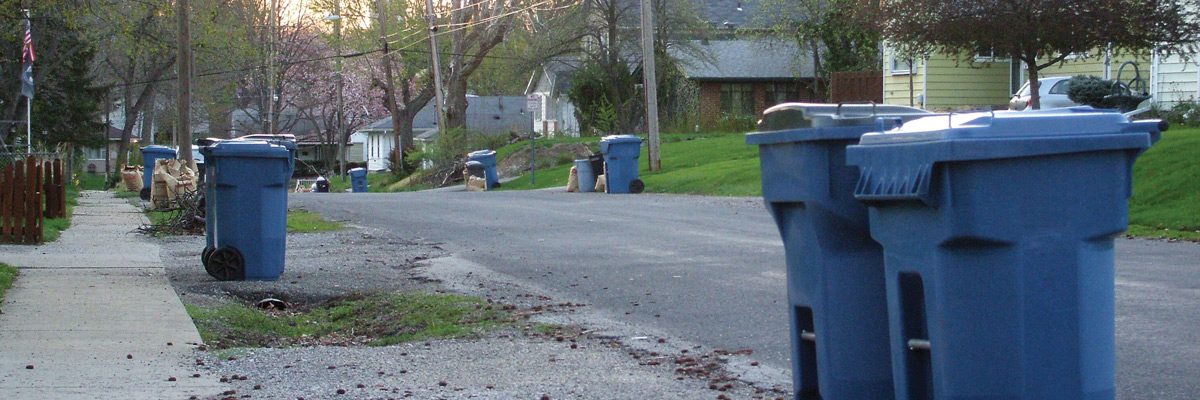But food poisoning is pretty common. Just think of the energy use on the farm. Huge machines powered by diesel gasoline, and huge energy consumption in fertilizers. We then transport the food huge distances. We sell them in huge stores oh keep the lights on at the local utility companies. Finally those of us in the first world drive it home in our and put it in our always on refrigerator. So the fact that we let this thing called food sicken us but also kills us is just inexcusable. This on top of what some of us throw away. Well here is a site thate has on the facts. Unfortunately it is done mostly in photographs and this blog has problems with pictures so go there and look.
http://www.health-science-degree.com/food-poisioning/
Health-Science-Degree.com
The need to feed billions of people efficiently (and make billions of dollars off it) has given rise to large-scale animal farming operations. But are these mega-operations helping feed us or making us all sick?
The Rise of the Factory Farm
Factory farms, more accurately called concentrated animal feed operations (CAFOs), are large-scale industrial agricultural facilities that raise animals (usually at high density and kept in confined spaces) for human consumption.
5%
Proportion of CAFOs among all U.S. animal farming operations
50%
Food animals that come from CAFOs
Due in part to these massive factory farms, since 1960 …
… milk production has doubled
… meat production has tripled
… egg production has quadrupled
Such operations also have introduced means to make animals grow heavier more quickly; chickens, for instance, grow twice as large in about half the time:
Decade Growth time Weight
1920 16 weeks 2.2 pounds
2013 7 weeks 5 pounds
The Filthy Truth
In addition to the moral and ethical problems with keeping animals in tiny pens where their natural behaviors are stunted, there’s the very real problem of what to do with all the waste they produce.
These operations can house upwards of …
1,000+ beef cows
10,000+ chickens
10,000+ hogs
That adds up to tons and tons of — well, poop.
300 million tons
Annual manure production of animals from CAFOs; that’s 65% of the waste from all animal operations in the U.S. And it’s more than double the amount of waste produced by the entire U.S. human population.
This manure contains a variety of potential contaminants, such as nitrogen, phosphorus, E. coli, growth hormone, antibiotics, animal blood, copper sulfate and more. These contaminants find their way to the groundwater and even pollute the air.
In addition to the manure concern is the possibility that keeping animals in such close quarters encourages infections that are then passed to consumers.
The Risks of Factory Meat
CAFOs are susceptible primarily to three pathogens that also make people sick.
E. coli
Introduction of a grain-based diet, rather than a grass-based diet, has raised E. coli rates among cows. While E. coli is always present in cows’ stomachs, grain-based diets have given rise to more harmful strains, such as O157:H7, which has found its way into water, produce and meat in recent years.
16%
Percentage of foodborne illnesses caused by strains of E. coli
MRSA
Methicillin-resistant Staphylococcus aureus can be spread by human and animal carriers and has become abundant in our environment. European studies have shown a link between MRSA and factory pig farms.
80,000
Annual MRSA infections in humans, though many cases occur in hospital settings
Campylobacter and salmonella
Campylobacter and salmonella are most commonly found in eggs and poultry, and both pathogens have recently shown signs of drug resistance.
Positive tests for salmonella
Farms with caged hens 23.4%
Organic flocks 4.4%
Free-range flocks 6.5%
62%
Chicken sold in supermarkets contaminated with campylobacter
The Environmental Effects
Potential damage to the environment from mismanagement of the tons of waste produced by these massive operations extends to both the air and water.
- Excess nitrogen and phosphorus in water
- Fish kills
- Toxic algal blooms
- Waste and pathogens in drinking water
- Respiratory problems from dust and odors
SOURCES:
http://www.ucsusa.org
http://www.cdc.gov
http://www.organicconsumers.org
http://news.yahoo.com
http://www.epa.gov
:}
Go there and read. More next week.
:}

